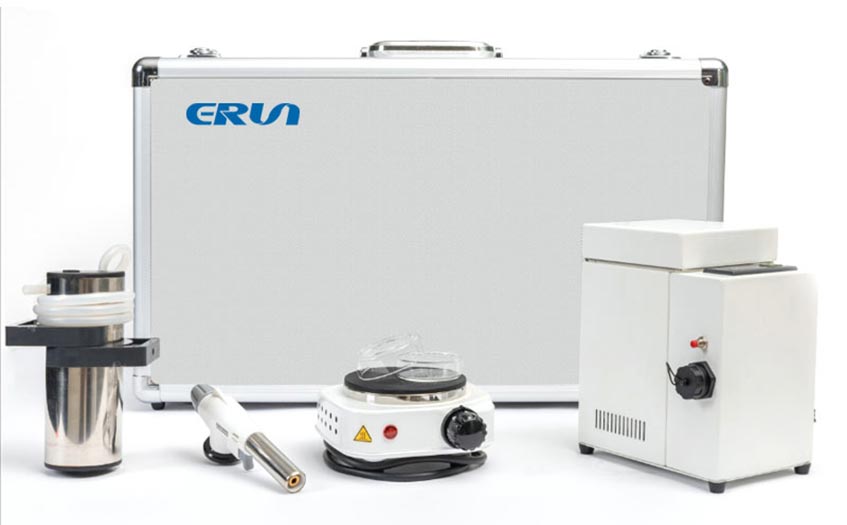With the improvement of environmental protection awareness and water quality safety standards, water quality testing technology is being used more and more widely in various fields. As two commonly used water quality testing devices, water quality bacteria rapid tester and water quality microorganism rapid tester play an important role in ensuring water quality safety. This article will introduce the similarities, differences, test indicators and usage methods of these two devices in detail.

Same point
Principle: Both are based on the principle of biochemical reaction for detection, identifying and quantifying microorganisms or bacteria in water through specific chemical reactions.
Application areas: Both are widely used in water quality monitoring, food safety, medical care, public health and environmental monitoring.
the difference
Detection object: The water quality bacteria rapid detector mainly detects bacteria in the water, such as Escherichia coli, Salmonella, etc.; while the water quality microorganism rapid detector detects a variety of microorganisms in the water more widely, including bacteria, fungi, viruses, etc.
Detection method: Although both are based on the principle of biochemical reactions, the specific detection methods are different. Rapid water quality bacteria detectors usually use the ATP (adenosine triphosphate) detection method to indirectly determine the number of bacteria by detecting the ATP content; while water quality microbial rapid detection instruments may use more complex detection methods such as optical detection technology and fluorescent labeling technology.
Accuracy and speed: Due to differences in detection objects and methods, the two also differ in accuracy and speed. Generally speaking, the water quality bacteria rapid detector may be slightly inferior to the water quality microbial rapid detector in detection speed and accuracy, but it can also meet the needs of most scenarios.
Specific indicators of detection
Water quality bacteria rapid detector: The main detection indicators include total bacteria count, E. coli group, etc., which can quickly determine the degree of bacterial contamination in water quality.
Water quality microorganism rapid detector: In addition to detecting bacteria, it can also detect fungi, viruses and other microorganisms. Specific detection indicators include the total number of microorganisms, specific pathogenic microorganisms (such as Salmonella, Shigella, etc.), etc.
how to use
1.Preparation: Before using both devices, they need to be cleaned and calibrated to ensure the accuracy of the test results. At the same time, you need to carefully read the instructions and safety warnings of the equipment to avoid personal injury and equipment loss due to improper operation.
2.Steps:
Water quality bacteria rapid detector: After taking out the swab and returning it to room temperature, insert it into the water to be tested for sampling. Then insert the swab into the instrument for testing and wait for the instrument to display the results.
Water quality microbial rapid tester: Depending on the specific model of the equipment and the test method, different operations may be required. But generally speaking, sampling is performed first, then testing is performed, and then the instrument displays the results.
Interpretation of results: Based on the test results displayed by the equipment, the number and type of microorganisms or bacteria in the water quality can be determined, so that corresponding treatment measures can be taken.
In summary, water quality bacteria rapid detectors and water quality microorganism rapid detectors play an important role in ensuring water quality safety.Although the two differ in detection objects, methods and accuracy, they can both quickly and accurately determine the number and types of microorganisms or bacteria in water quality.In practical applications, appropriate equipment can be selected for testing according to specific needs.